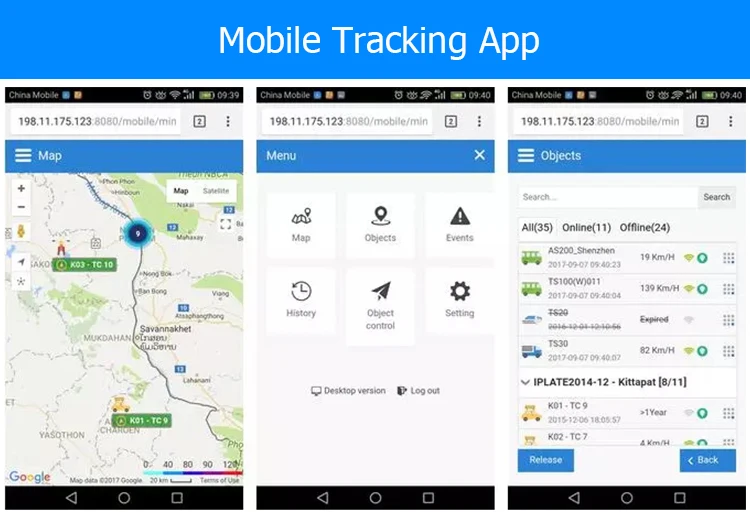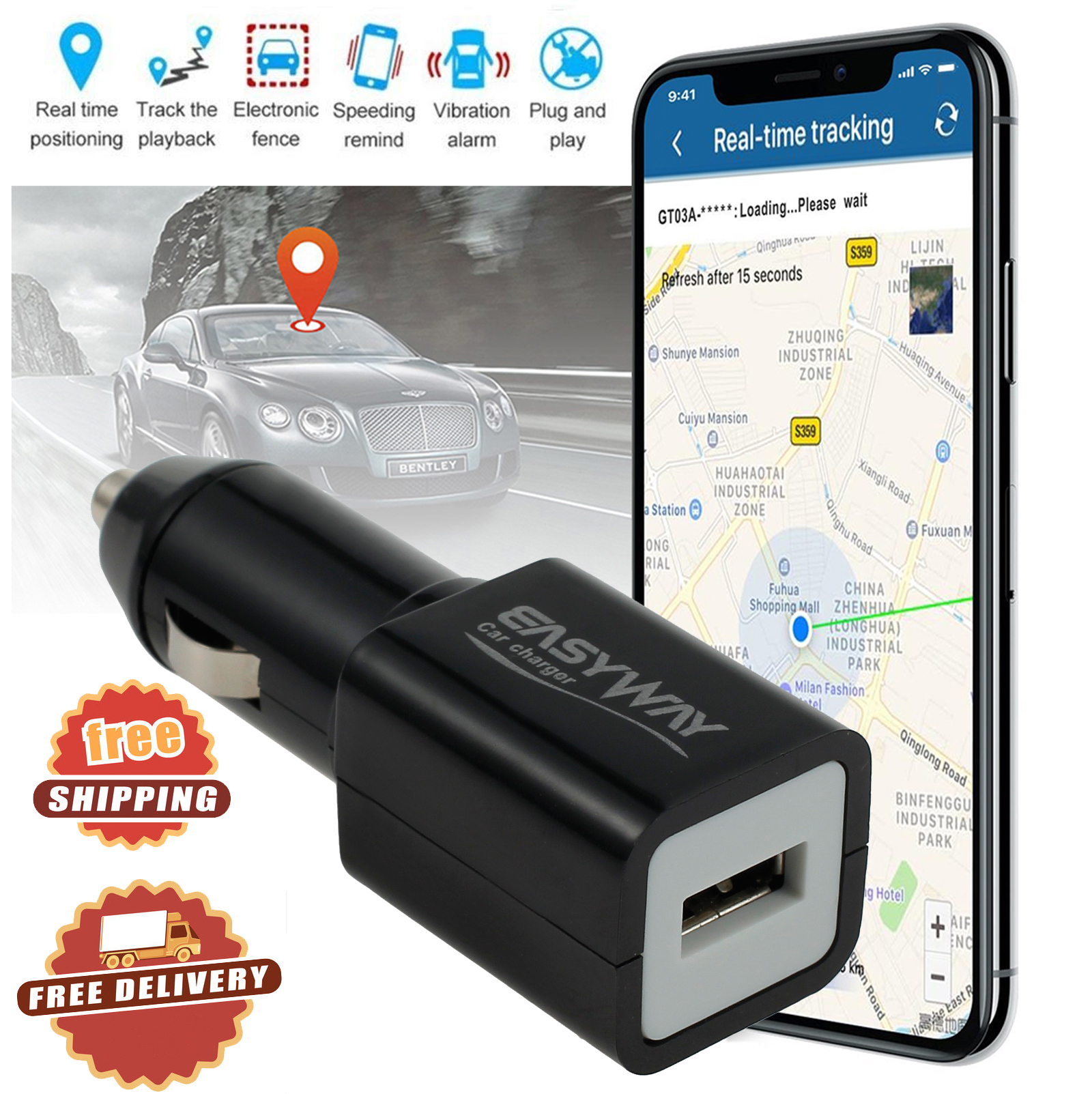


#GPS TRACKER TRACCAR SOFTWARE#
Of course, all of this can be done more efficiently with the help of a GPS fleet tracker and a corresponding fleet GPS tracking system, and fleet tracking software or fleet tracking app. (Refrigerated storage is usually kept between 37-41 degrees Fahrenheit frozen storage is usually kept closer to freezing, no warmer than 34 degrees Fahrenheit.) All of this is done with the help of a temperature sensor that helps the system know when the compressor needs to run in order to keep the cargo at the specified temperature. This general process is the same regardless of whether it is refrigerated transport or frozen transport the only real difference between the two is the temperature at which goods are transported. And this whole three-part process is repeated as needed in order to keep the entire insulated cabinet at the desired temperature, which is in part regulated by a temperature sensor. By the time the refrigerant makes its way to the evaporator, it has given up most of its heat in the evaporator, it expands back into a gas. That process, however, gives off pressure and heat the process of exchanging that heat falls to the condenser, which uses tubing and fins to cool air drawn through the condenser fan, similar to how a radiator works in a car engine.

#GPS TRACKER TRACCAR GENERATOR#
Either a small engine or generator powers the compressor or the truck’s power does regardless, the compressor works to liquefy refrigerant gas. That said, let’s look more closely at the compressor, condenser, and evaporator system-the system that runs the actual refrigeration process in a refrigerated or reefer truck.
Some newer models may include a solar panel in addition to or in place of the generator, but the general idea remains the same.
#GPS TRACKER TRACCAR FULL#
The insulated box compartment (often the full trailer or bed) is kept cool by the compressor, condenser, and evaporator system.A generator, which allows for powering the compressor when the truck itself is not running.A compressor, condenser, and evaporator-each of which can be either powered by the truck itself (when the truck is running) or a secondary generator.In general, there are usually three parts to the system: Many of the most common refrigerated trucks, though, use a refrigerator compressor run by truck-generated power. We will also explain how battery-powered and hard-wired heavy equipment asset trackers can help businesses with cold chain monitoring! How Do Refrigerated Trucks Work?ĭifferent types of cooling methods work in different ways. Similarly, there are different methods of keeping stored items cold for transport: Liquid nitrogen, dry ice, vacuum drying, for instance, are all common methods for cold transport, especially when it comes to air cargo.įor our purposes in this article, however, we’ll consider all of the above as instances of a refrigerated truck, which we’ll define loosely as any vehicle that is used to transport cold climate-controlled cargo, especially those that use a temperature sensor to help ensure their cargo is kept at an appropriate temperature. Refrigerated or reefer trucks (as they’re sometimes called by those in the business) aren’t the only climate-controlled transportation options available, for instance reefer trailers, refrigerated vans, reefer units are all available, as well, and it may be that you need frozen storage (as opposed to refrigerated storage). Not all refrigerated trucks are created equal, either. In particular, using a temperature sensor with a GPS fleet tracker or fleet tracking app can help businesses that use a refrigerated truck (or several) as part of their fleet can help them work more efficiently. Of course, in order to see how each of those pieces work, we first have to agree on why a temperature and humidity sensor might be an important part of your fleet GPS tracking system. Let’s take some time here to better examine how an asset tracking solution with a temperature sensor feature can help make your fleet GPS tracking system and fleet tracking software (including potentially a fleet tracking app) work even more efficiently for you, your fleet manager, and your business. The truth is, however, that tracking devices can often do much more than what most businesses realize or expect, including working in tandem with a temperature sensor to make sure that refrigerated trucks work optimally, for instance. While there is a wide range of applications you might consider for a GPS fleet tracker or fleet tracking software, all too often we may think of a very specific type of use, where a fleet GPS tracking system is used to keep track of each vehicle, sometimes in tandem with a fleet tracking app. Vehicle Tracking With Temperature Monitoring


 0 kommentar(er)
0 kommentar(er)
